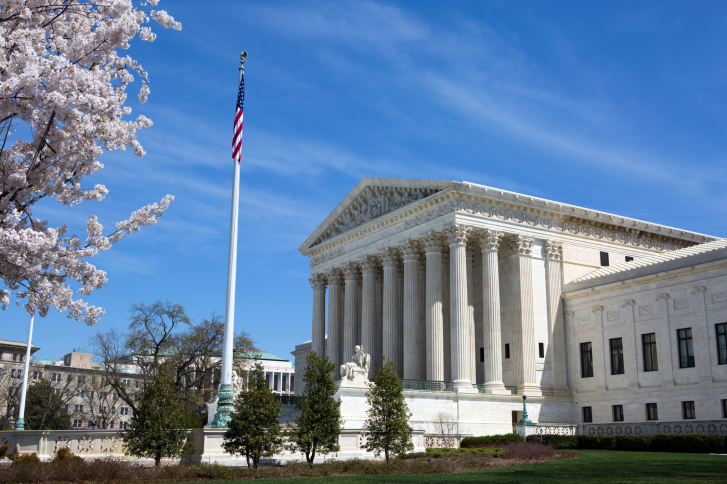The Sierra Club and trial lawyers have a great deal more in common than many people realize. Both have a huge financial stake in seeing to it that legal reform fails. As a result, both also have the same political enemies.
This election cycle, the Sierra Club and the trial lawyers will spend millions of dollars to reward politicians who support their legislative agendas and punish those who don’t. A review of Federal Election Commission reports filed by the Sierra Club and the Association of Trial Lawyers of America (ATLA) shows that the two groups have remarkably similar target lists.
Of the 26 US Senate and House candidates who received direct contributions from the Sierra Club between Jan. 1, 1997 and Sept. 1, 88 percent also received contributions from ATLA.
The correlation is even greater between the two groups’ giving patterns for races in which both groups support challengers rather than incumbents. Through September, ATLA contributed to just three Senate candidates challenging incumbents: Jay Nixon, who challenged Sen. Christopher “Kit” Bond (R-MO), Charles Schumer, who challenged Senator Al D’Amato (R-NY), and Michael Coles, who ran against Sen. Paul Coverdell (R-GA).
All three challengers were also endorsed by the Sierra Club.
In addition, the Sierra Club ran negative ads against senators D’Amato and Lauch Faircloth (R-NC). Faircloth was challenged by millionaire trial lawyer John Edwards.
The situation was similar in the House. The Sierra Club backed three candidates challenging incumbents: Roxanne Qualls versus Rep. Steve Chabot (R-OH), Tom Udall against Rep. Bill Redmond (R-NM), and Eric P. Serna, who challenged Redmond.
In addition, the Sierra Club ran issue advertisements against Rep. Rick White (R-WA), who faced a tough rematch with former representative Jay Inslee. ATLA contributed to all four of the Democratic challengers.
The fact that the trial lawyers and the Sierra Club see eye to eye on so many congressional races shouldn’t come as a great surprise, as the two groups have several interests in common. For one thing, both frequently use junk science to win both public opinion and lawsuits.
Junk science — expert opinion that isn’t backed up by solid science — has been used by the Sierra Club to support everything from Endangered Species Act lawsuits to public relations campaigns aimed at convincing Americans that global warming is underway.
Trial lawyers have used junk science to convince juries to grant huge damage awards to their clients in scientifically spurious cases dealing with everything from second-hand smoke to silicone breast implants.
A recent US Supreme Court ruling giving judges greater power to keep junk science out of courtrooms was viewed as a major defeat for both environmentalists and trial lawyers. Noted Jeffrey White of the ATLA, “The court appears to be imposing an additional requirement, that there must be a direct link that connects the studies to the injury of the plaintiff. . . .”
No doubt about it: Being forced to prove harm in lawsuits is going to be a real inconvenience for trial lawyers and environmentalists alike.
The Sierra Club is also virtually a trial lawyer organization itself, employing lawyers of its own through its Sierra Club Legal Defense Fund (now called the Earthjustice Legal Defense Fund). The group therefore has the same financial interests as the trial lawyers in seeing to it that legal reforms such as award caps, which limit the amount of money litigants can be awarded in liability suits, never see the light of day.
Each year, some 500 environmental lawsuits are filed at the federal level alone. Litigation has become such a significant part of environmental policy, in fact, that it is now getting in the way of real environmental progress. For example, Superfund, a program ostensibly designed to clean up the nation’s hazardous waste sites, has failed miserably, largely due to excessive litigation.
In the first 15 years the Superfund law has been on the books, just six percent of the 1,465 Superfund sites were cleaned up at a cost to the taxpayer of $14.9 billion. According to a Rand Corp. study, 32 per cent of the total costs of Superfund clean-up — both government and private — went for legal and transaction costs.
For its part, the Sierra Club Legal Defense Fund has profited handsomely from environmental litigation. The group collected $2.3 million in legal fees in 1990 and 1991 alone.
The Sierra Club’s involvement in the November elections wasn’t just about advancing its green policies, but about making some greenbacks.
David A. Ridenour is vice president of the National Center for Public Policy Research, a Washington, DC. think tank, where he oversees the group’s environmental programs. Comments may be sent to [email protected].



